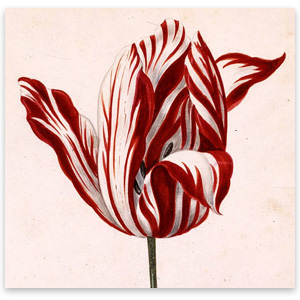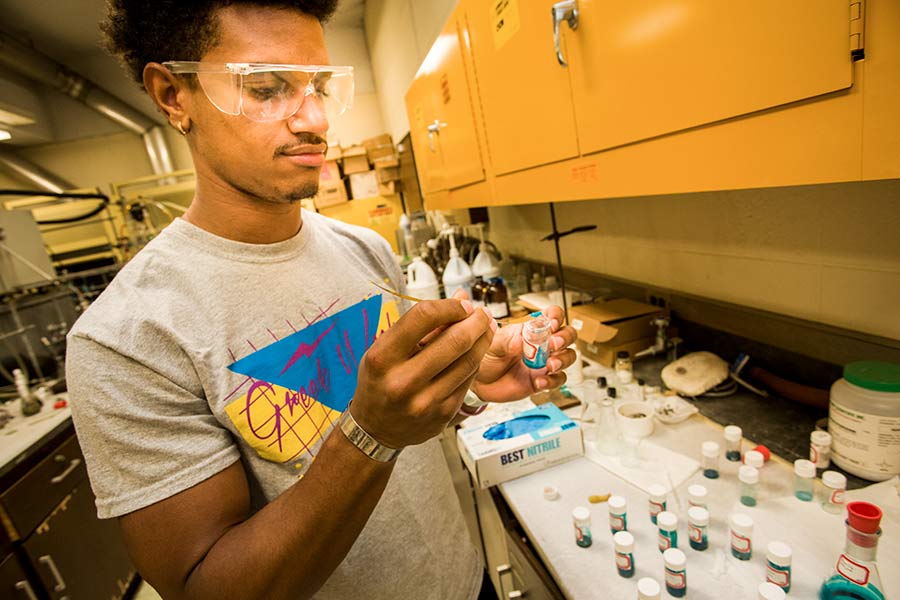- Teacher: Jeffrey Gomer
Got Questions? Here’s where to go for answers:
Get Connected with the CTL! The Center for Teaching and Learning (CTL) offers holistic academic support services for all Knox College students and Gale Scholars.
Requests for Accommodations? Please email Stephanie Grimes at sgrimes@knox.edu or visit the Office of Disability Support Services Website.
Knox College Library - Reach out to a Librarian - Make an appointment today!
Health Services - Feeling under the weather. Please reach out and contact Health Services. Call 309-341-7559
Counseling Services: If you’re feeling overwhelmed or are in need of any assistance, Counseling Services is available to help. Call 309-341-7492 to see which services are available to you.
Additional academic support may be available to students who meet federal eligibility criteria through the TRIO Achievement Program. Please visit www.knox.edu/trio for more information or email trio@knox.edu to explore your eligibility.
Available courses
- Teacher: Erin Green
- Teacher: Jon Wagner
- Teacher: Jonah Rubin
In recent years, profound changes in the global economy, climate change, and transnational politics have culminated in large movements of people in almost every region. This course examines how people experience displacement, migration, and statelessness; how home, community and belonging are reconstituted both in exile and through the making of diaspora communities. We will also pursue related questions about how international laws, national policies, and practices of social exclusion or inclusion influence the broader context of migration. How do population movements affect politics at the international, regional, and local levels – and vice versa? In what ways are relations of kinship, family, and gender being reformulated in response to transnational movements? Reading materials will include ethnographic studies of migrant and diaspora communities, policy reports on the international refugee regime, literary works produced by migrant authors, and a sampling of mainstream media reporting on immigration in the US and around the globe.
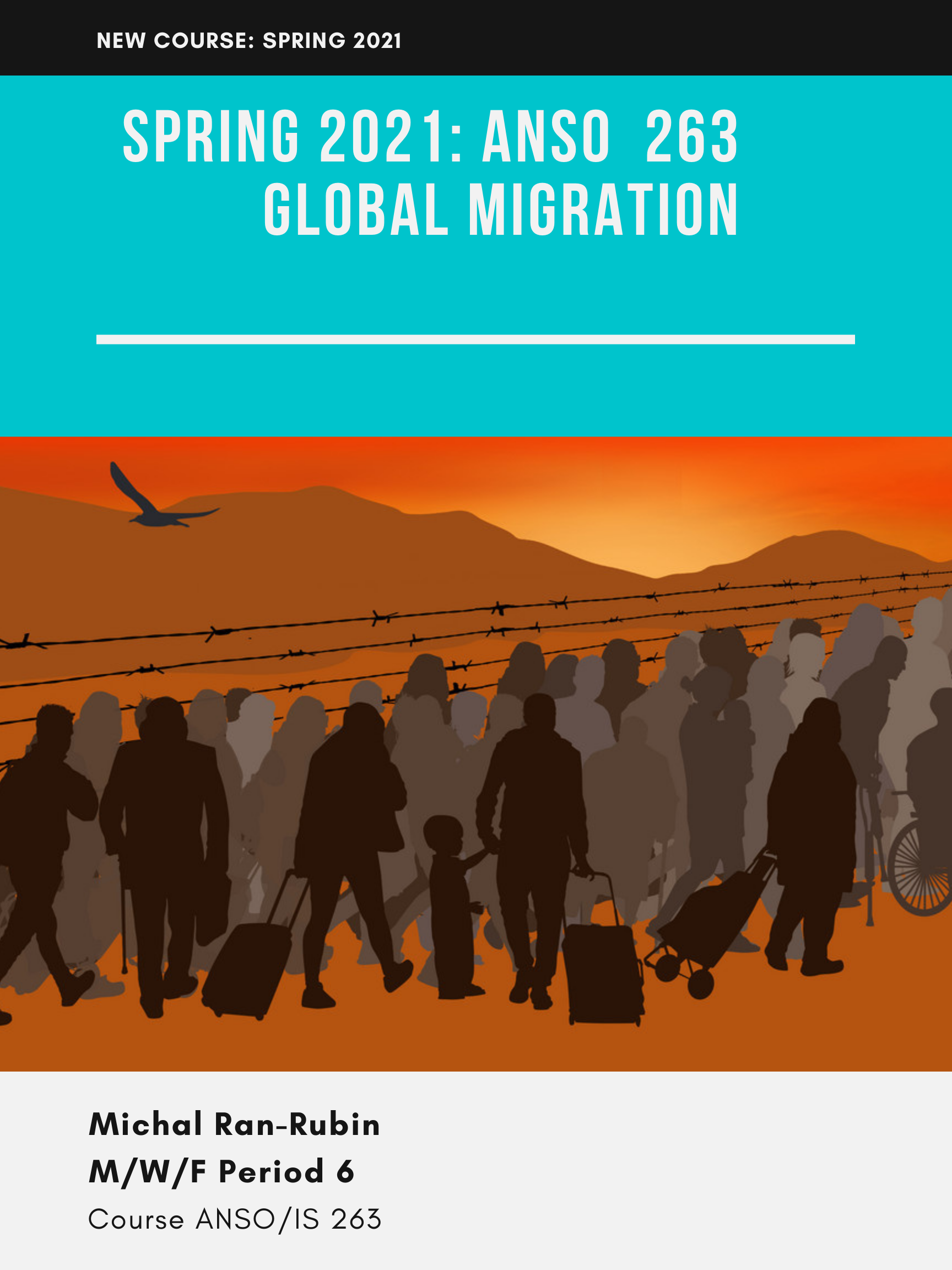
- Teacher: Katya Reno
This course will introduce the three major philosophical systems of East Asian thought: Confucianism, Daoism, and Buddhism through their canonical texts. This historical approach will be supplemented by contemporary readings in each tradition. When taught as a component of the Japan Term, this course will pay special attention to the development of Japanese Buddhism, specifically Pure Land Buddhism (Amida Buddhism), Esoteric Buddhism (Shingon Buddhism) and Zen Buddhism (Soto and Rinzai).
- Teacher: Bill Young
- Teacher: Stuart Allison
- Teacher: Danielle Fatkin
- Teacher: Todd Heidt
- Teacher: Nurettin Ucar
Many of us are attracted to science because of the wonder of discovery and the (supposed) purity of the pursuit of knowledge. In this course we will wrestle with some of challenging questions that arise in the practice of science.
- Teacher: Judy Thorn
- Teacher: Nurettin Ucar
- Teacher: Duane Oldfield
A course on Nietzsche.
- Teacher: Bill Young
- Teacher: Gregory Gilbert
- Teacher: Gregory Gilbert
This course provides an introduction to the art, visual culture, and architecture of colonial, modern, and contemporary Latin America. The first half of the course will examine early contact between Europeans and Indigenous Americans, with an overview of the importation, adaptation, and responses of European artistic models in the Americas. We will analyze the transformation of Indigenous artistic traditions as a result of the European colonial project in the Americas (1492-ca–1820) through a variety of materials and topics, including, religious architecture, painting, prints, sculpture, and manuscripts drawings. The second half of the course will examine art from the early nineteenth century to the present, considering the role of the arts in building independent nations and creating shared artistic legacies constantly adapting and/or responding to outside influences. By analyzing current art historical debates, in the field of Latin American art, between national vs. cosmopolitan aesthetics, Hemispheric and Inter-American projects for continental unity we will see how Latin American artists negotiated issues of identity and contributed to the development of modern and contemporary art. We will explore twentieth-century Latin American visual arts through photography, manifestos, magazines, performances, exhibitions, and ephemera with a special focus on new technologies and global changes.
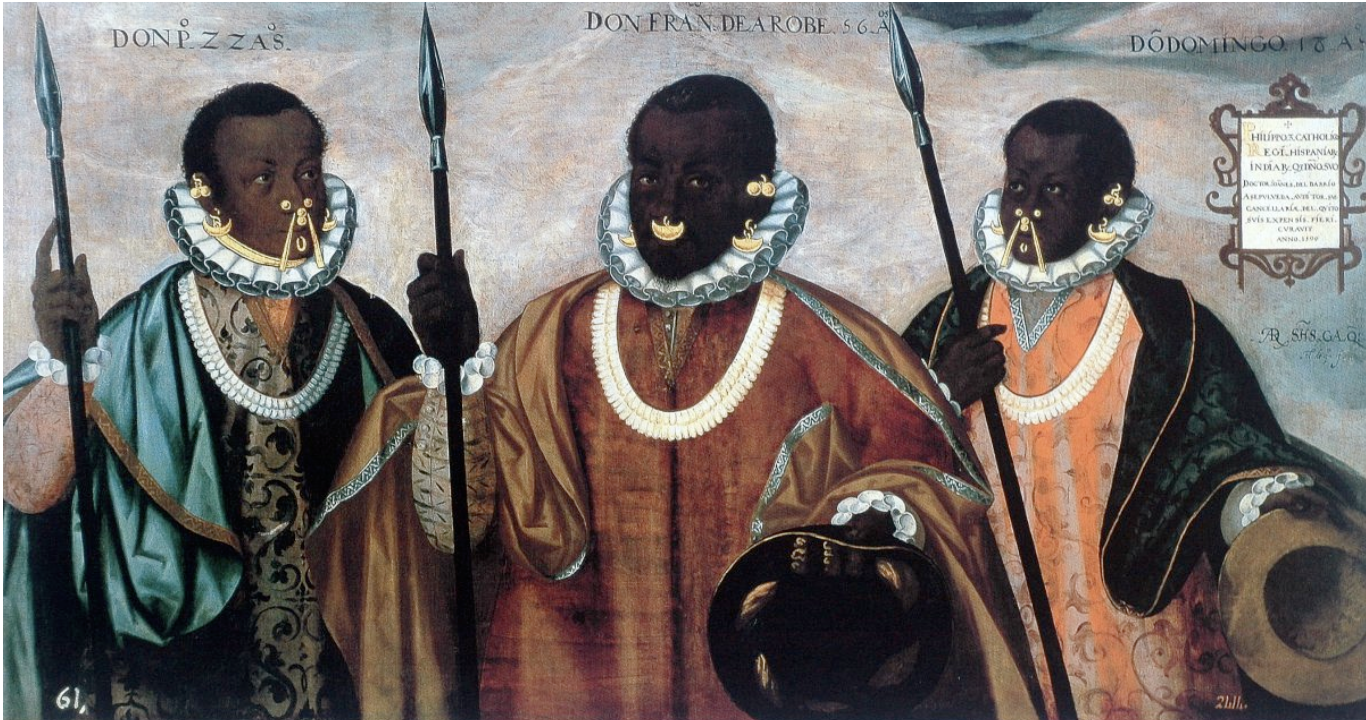
- Teacher: Gonzalo Pinilla
Graphic design has begun to merge into programming in contemporary practice through creative coding. Open source tools, such as Processing and p5js, have been specifically developed to help visual artists and designers with this interest. This course will introduce students to manipulating form with these tools and processes. Interactive, generative art and design work will be explored through making. Students will be introduced to a range of contemporary artists and designers whose practice incorporates experimental programming. Additionally, we will explore the history and key figures who developed these tools. The course prioritizes the creative visual potential of computer programming beyond the pragmatic and functional.
- Teacher: Tim Stedman
This course will introduce you to the language of form, design, and visual communication. The grammar of any language is a set of guidelines which allows one to build complex representations out of simple elements, thus communicating a given idea to those who encounter that representation. The language of vision is no less influential than that of the spoken or written word, yet we are often far less aware of its effect on our lives.
- Teacher: Tim Stedman
- Teacher: Jaime Spacco
- Teacher: Tim Stedman
This course will introduce you to the language of form, design, and visual communication. The grammar of any language is a set of guidelines that allows one to build complex representations out of simple elements, thus communicating a given idea to those who encounter that representation. The language of vision is no less influential than that of the spoken or written word, yet we are often far less aware of its effect in our lives.
- Teacher: Tim Stedman
- Teacher: Nicholas Gidmark
- Teacher: Mark Slabodnick
- Teacher: Jennifer Templeton
Ecology is the scientific study of the interactions that determine the distribution and abundance of organisms. During this course we will gain an understanding of many kinds of interactions, both biotic and abiotic, that regulate ecological population size and community structure. Ecological communities are exceedingly complex and we will also try to understand what makes those communities so complex. We will emphasize the importance of place and past history as factors that influence current ecology.
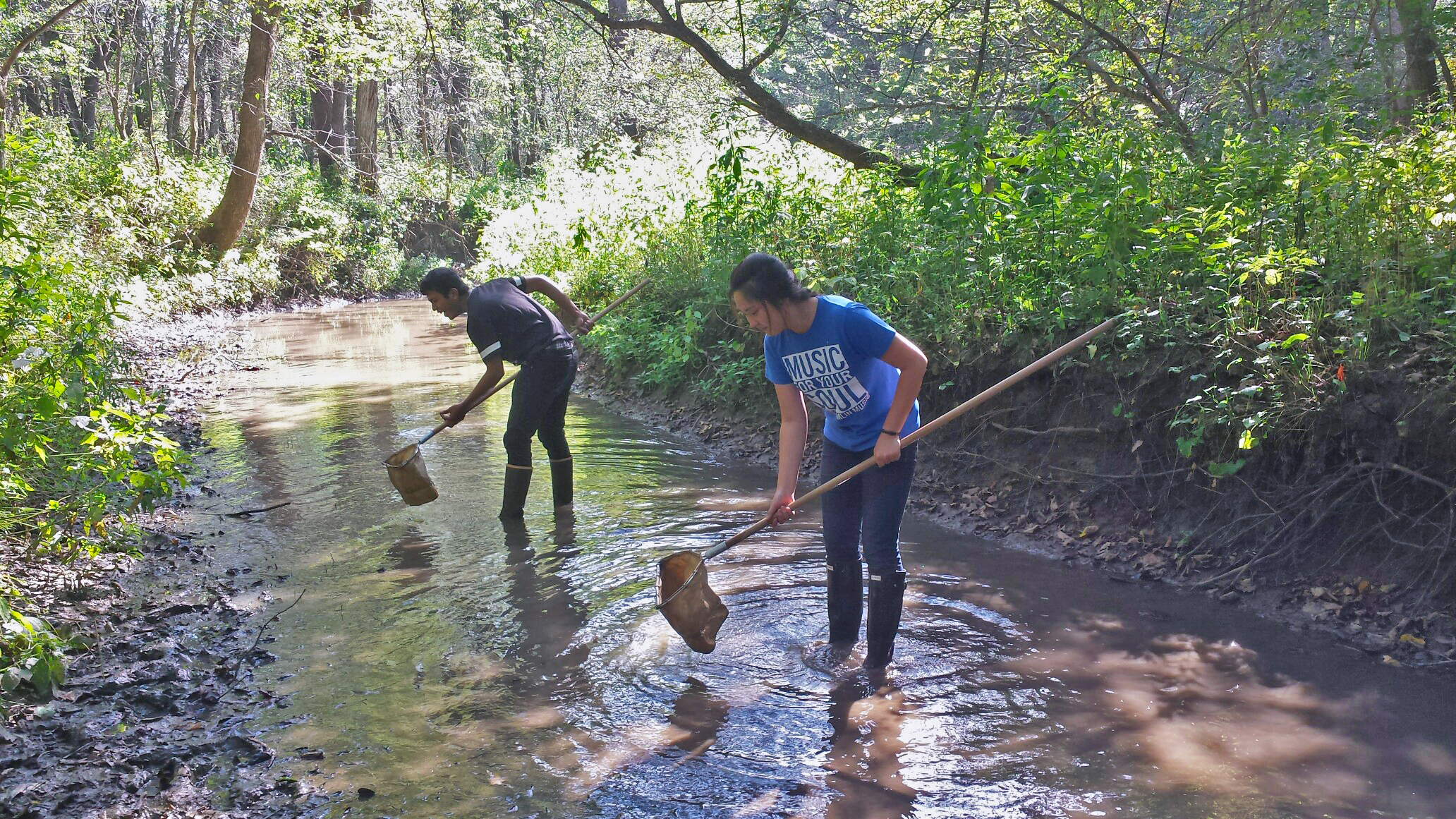
- Teacher: Stuart Allison
- Teacher: Gertrude Hewapathirana
- Teacher: Gertrude Hewapathirana

